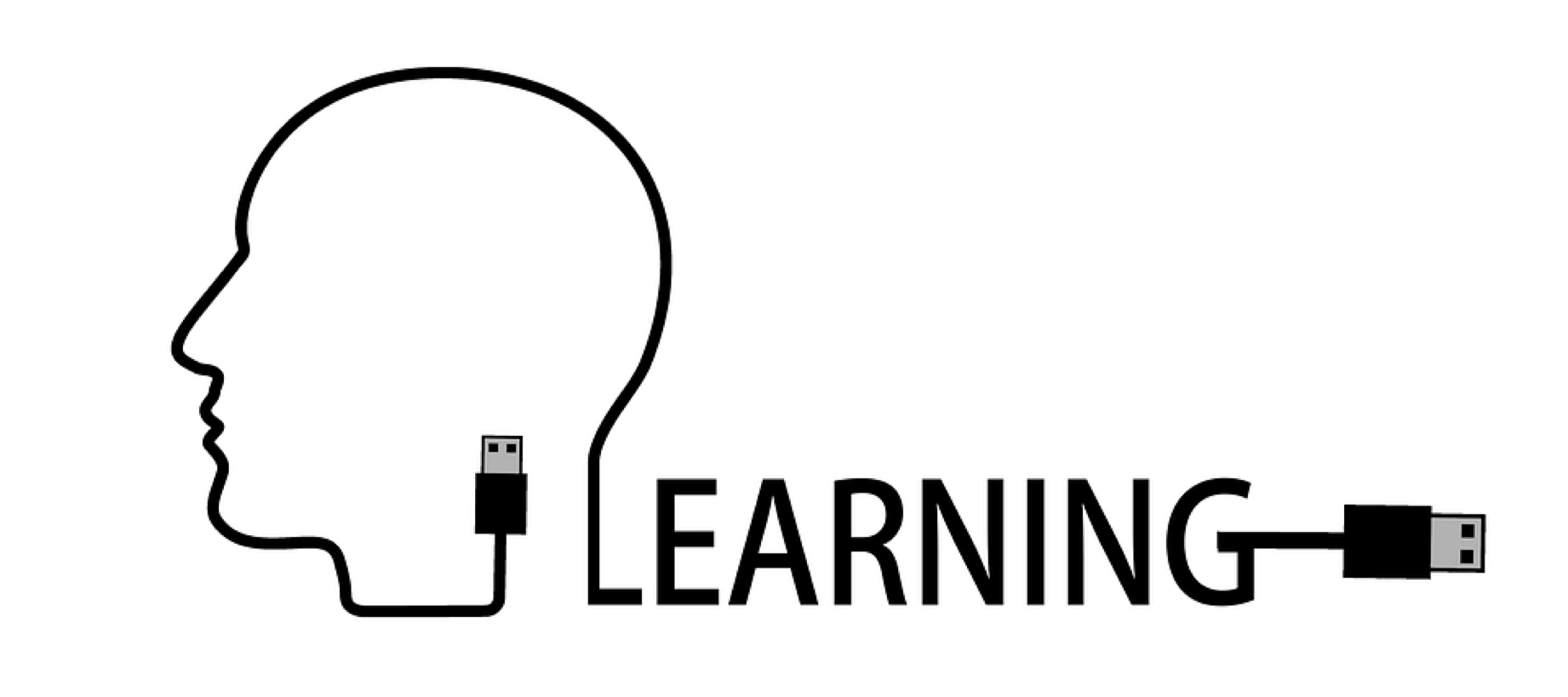
Why Does Our Four Stage Learner-Centered Model Work?
After finishing college, when students enter their respective workplaces for the first time, what strikes them are the practical requirements of their jobs. This has led some to criticize educational institutes for having an increased emphasis on the theoretical aspects of work, neglecting the practical challenges a job presents. Our college in Calgary has designed the Four Stage Learner-Centered Model in order to correct this disparity. Learners will no longer remain mere spectators during the course of a lecture; student engagement in the form of debates, analyses, presentations, discussions, case studies, and sharing will be the new norm. Let us understand the makeup of the Four Stage Learner-Centered Model before proceeding to understand the reasons for why it works.
Four Stage Learner-Centered Model
The model is specifically developed to introduce and instruct a set of new skills, behaviors, and knowledge that are relevant to the workplace.
Stage I: Introduction
Learners are introduced to new skills, attitudes, and knowledge. This stage also includes reflecting on the presented data and discussing, listening, preparing a list of questions, and completing a quiz.
Stage II: Example
The students engage in full-fledged discussions as they compare their answers to the quiz questions. The facilitator also presents examples of how the skills, behaviors, and knowledge play out practically. Listening, sharing, questioning, and discussing improve the students’ ability to engage meaningfully.
Stage III: Apply
This is the part where the students have a chance to be able to apply the knowledge, skills, and behaviors in the classroom/lab or the workplace in Calgary. The facilitator first presents a problem and the students then observe, discuss, and solve these problems through demonstration or role-play as a collective unit.
Stage IV: Assess
The facilitator initiates the review and evaluation process by measuring the learners’ success in each stage of the process. This is then followed by self-evaluation and peer-to-peer evaluation through recording, reviewing, analyzing, and measuring the success rate.
Why Does the Four Stage Learner-Centered Model Work?
The Four Stage Learner-Centered Model is a desirable option for colleges and universities in Calgary because of its emphasis on student engagement. With trivial engagement and back and forth, there often is a severe disconnect between the student and the study material they are consuming. Our Four Stage Learner-Centered Model deals with that disconnect. The model, through regular questioning, analysis, debates, discussions, and continual evaluation, improves the communication gaps that existed earlier. The model acts as an ideal gateway to the world of working collectively. As opposed to the workplace, our colleges and universities never had a collective approach, since the emphasis was always on the learning of a group of several individuals. The collective participation and idea-sharing are precisely why the Four Stage Learner-Centered Model works wonders.
Our college in Calgary uses the Four Stage Learner-Centered Model in all of its programs. This is with the sole intention of making you a successful individual.




